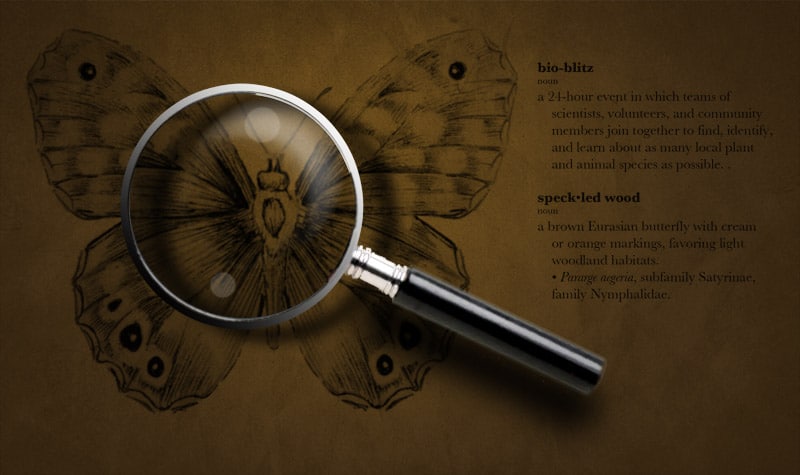Chloe Smith, GiGL Data Officer

Recording need not be a lonely activity. Recording groups and events are a great way to share skills, expertise and resources and to get together with like-minded people. GiGL have been involved with a number of our partners’ recording events, from biodiversity workshops to ‘BioBlitzes’.
Members of the public and recorders with specialist interests can meet and learn from others with expertise in different areas. Organisations can network and learn about each other’s projects.
Events can help to co-ordinate local interest in biodiversity and celebrate the work happening (often on a voluntary basis) in the area. For example, in June 2011, Hackney Biodiversity Forum held a recorders workshop that showcased local recording and provided opportunities for recorders to share ideas and knowledge. GiGL gave a presentation on how records provided to us are managed and some of the ways in which our partners use these records. There was opportunity for questions to be answered and for contacts to be made. The whole event was very inspiring and motivating.
In April, GiGL staff attended Sutton’s Garden Wildlife Showcase, a series of talks and displays to engage the public with species recording through wildlife gardening. GiGL’s talk highlighted how we work with data and how data support the work of other organisations. The event encouraged the enthusiastic attendees to contribute to Sutton’s resource of wildlife information as they observe species in their gardens. The event led to GiGL discovering a couple of possible new sources for records.
If an event involves a practical survey task it can generate immediate data. Experts can be on hand to help with identification and to verify records. A good example of this was the Ally Pally BioBlitz event in June 2010.
While we can’t attend all events, we can often provide resources for events. Before the day, GiGL can provide organisers with a data search report of existing records for the site and its environs. This can help anticipate species they might see and indicates the history of recording in the area. A report can also reveal omissions in the site’s recorded species that the participants can look out for, to improve records for the site.
